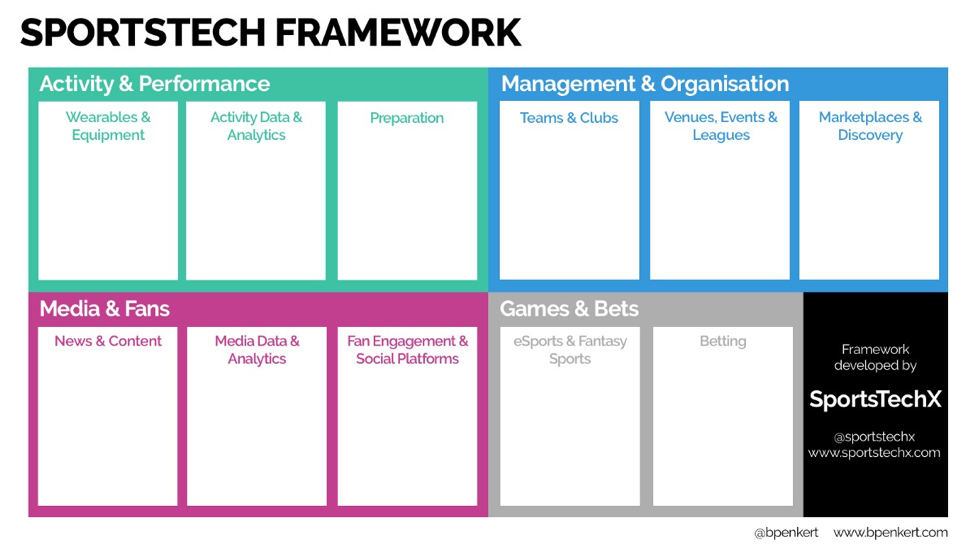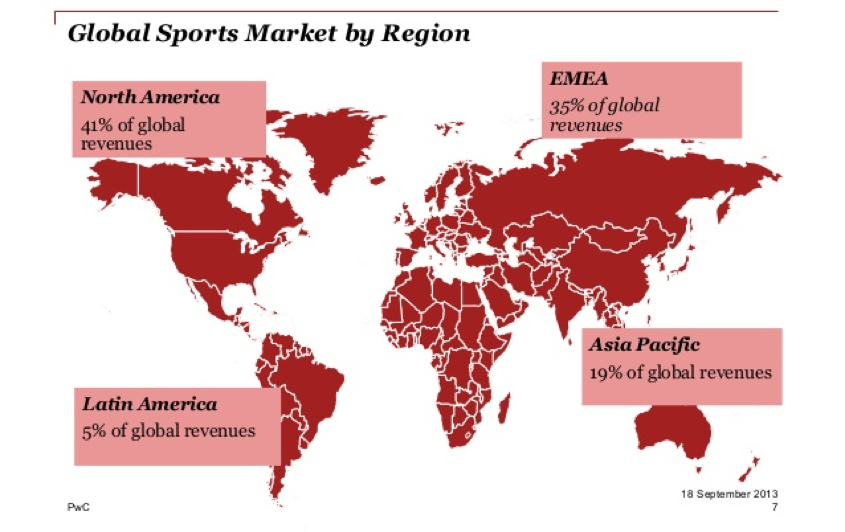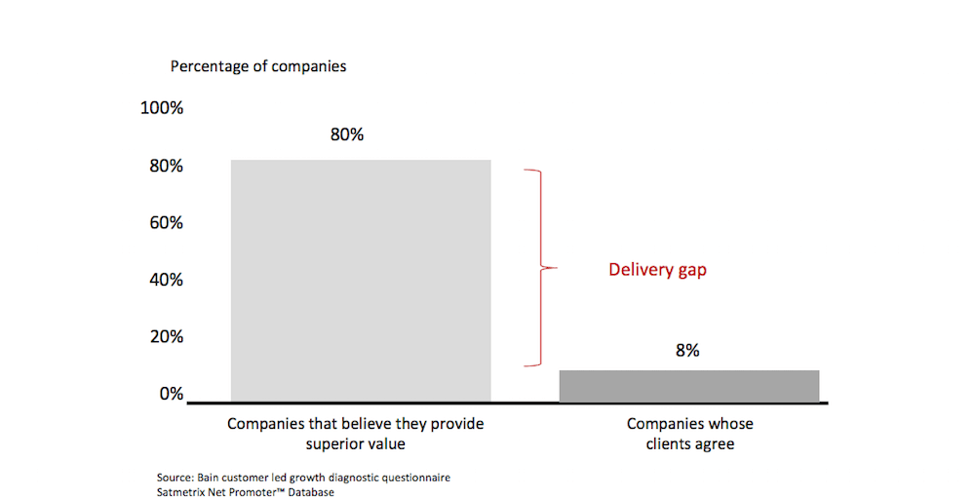Launching a new product can be paralyzing, exciting, and exhausting all in one. In the sports industry, new tech products are constantly emerging with demand ranging from both the competitive sector all the way down to youth sports. -3.jpg?width=1200&name=1200x627%20(2)-3.jpg) These range from physical products, such as innovative equipment and sensors, to digital products such as mobile applications. In the United States alone, the sporting goods industry commands over $90 billion in annual sales.
These range from physical products, such as innovative equipment and sensors, to digital products such as mobile applications. In the United States alone, the sporting goods industry commands over $90 billion in annual sales.

Sports tech is a diverse industry and filled with products that assist athletes, coaches, trainers, and families. Some recent innovations and products that are launching in the industry include:
- Wearables
- Artificial intelligence experiences
- Live-Streaming apps
- Biometrics tracking
- Data applications
- Consumer clothing
- Sensory applications
- Digital scheduling and payments
- Security protocols
- Blockchain technology in sports

As companies prepare to launch a new product, there are a few important things to consider that will help make the process more painless and help maximize their potential.
1. Think Globally: Sports Tech is a Worldwide Business
The beauty of sports is that most are played in several, if not all regions. This cross-border scenario creates a massive opportunity from a product perspective. For physical products, localization will be needed for market research, marketing, pricing, and sales. The good news is that physical sports products, with the exception of clothing, can largely be plug and play given the right language support.
For digital sports tech products, the same notion applies. The application may need local language support, but the user experience should remain largely consistent. The important thing is to make sure your user interviews and market research are in-depth. A product like FitBit, a wearable fitness band, is just as easily used in Asia as it is in Europe. From a revenue generation perspective, thinking globally makes sense.
North America, Europe, and Asia Pacific all command a large portion of the global sports market, including sports tech products.

2. Leverage Technology in Your Launch Strategy
Successful product launches typically are a result of diligent planning and even more impressive execution. The lead up to a product launch is filled with product development milestones, sales training, marketing, branding, and go-to market strategies. All of these moving pieces can wreak havoc on an organization that is not prepared.
This is where technology comes into play. Project and product management tools should be leveraged to stay on track. Gamified mobile applications can be used to teach staff about everything from sales to the product itself.

In fact, if you opt for adopting third-party tools and applications to support your efforts, you are in good company. It has been reported that 55% of top-performing companies are investing in sales enablement technology and sales enablement tools help lower sales cycles and increase motivation.

3. Focus on Customer Engagement Prior to Launching
The first touch point with your future customers will likely come in the form of user interviews or research where you get to understand how the product fits the person’s needs and what they like and dislike about it. This can still be done in a product’s conceptual stage and is important. A 2005 survey by Bain & Co. found that 80% of businesses thought they knew best about what they were delivering, yet only 8% of customers agreed.

By engaging with customers early, you can avoid unforeseen problems during and after the product launch. For sports tech products, if physical, you can send samples out to small user groups. For digital products, an alpha/beta product can be used to gain critical feedback.
After collecting this feedback, engagement can further be created in a few different ways:
- Create meaningful content: just because a product hasn’t been launched doesn’t mean you can’t start interacting with your audience. Content can be visual, written, or represented by an influencer or brand ambassador. The goal is to educate and provide value without any sales messaging attached.
- Build your marketing assets: start collecting emails, driving people to your social channels, and expanding the different modes of communication with your audience.
- Collect data to make informed decisions: when you communicate with your audience, you will have access to their preferences. Build campaigns that are targeted for high engagement. Do not be afraid to test different approaches and double down on what works.
Conclusion:
Launching a sports tech product should be a calculated yet fun journey. These products have the ability to positively influence millions of people in one of the fastest growing industries around the globe. As you prepare to launch, get to really know your customer, build out a launch strategy that focuses on engagement, and train your customer service and sales staff. By the time launch day approaches, these efforts will ideally convert into sales.
Product Launch Recap
1. Engage
2. Launch
3. Sell !




.jpg)
.jpg)


